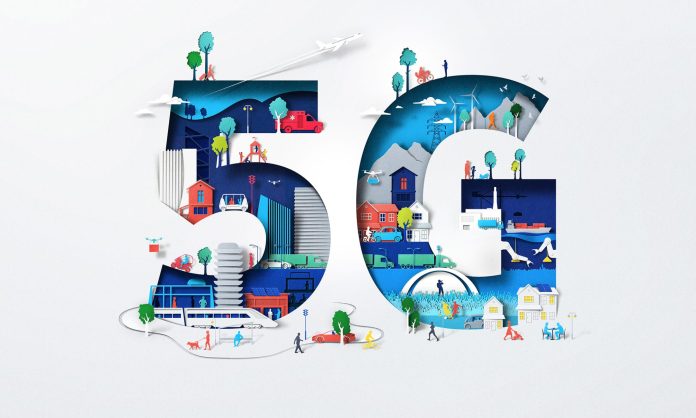Nokia’s IoT roaming service, WING, now includes support for 5G networking and edge computing, as the Finnish vendor seeks to help mobile operators drive industrial change in global markets.
Its so-called Worldwide IoT Network Grid (WING) affords operators a way to offer cellular IoT services without having to invest in global infrastructure. The upgrade means they can also establish 5G-based IoT services, and attendant edge capabilities, in global markets.
WING offers a pay-as-you-go business model for global IoT infrastructure. Nokia said operators can get rolling with 5G-based IoT – affording low latency, high security, and go-faster throughput – “faster and [more] cost-effectively”.
At the same time, Nokia has established a 5G WING testbed in Dallas, in the US, for operators to test the full range of 5G IoT services, it said. They can connect with the faclity remotely, as well as visit,
The 5G NR standard is still evolving, noted Nokia, and the availability of a global platform for committable 5G operations means operators can start to attack brand new ‘vertical’ markets. Nokia cited connected cars, critical public services, real-time industrial monitoring and control, and remote healthcare, as primary opportunities.
“Many of these use cases will place unprecedented demands on latency, the volume and velocity of data and security. WING is architected from the ground up to meet these stringent requirements, leveraging a distributed, flexible architecture that allows seamless upgrade to 5G,” said Nokia.
Nokia’s WING platform allows user plane functions to be separated and extended to the “far network edge” or to enterprise premises to support even lower latencies. This distributed infrastructure can be enhanced with multi-access edge computing (MEC), as well. Nokia suggested augmented and virtual reality (AR/VR) for industrial maintenance will make such demands on edge compute architecture.
Cellular vehicle-to-everything (C-V2X) use cases will do the same, it said. “In order to realize the full potential of these diverse use cases, network slicing can be introduced via WING’s cloud native architecture,” said Nokia.
Ankur Bhan, head of Nokia’s WING business, said: “The Nokia WING infrastructure offers superior IoT service experience through global network presence, unified orchestration and consistent service level agreements to operators’ enterprise customers.
“We have now upgraded to 5G to further help operators to monetize IoT opportunities faster and cost-effectively in the 5G era. We are actively working with operators, who have a global enterprise customer base and need to address their increasing needs for secure, low-latency IoT use cases across geographical borders.”

